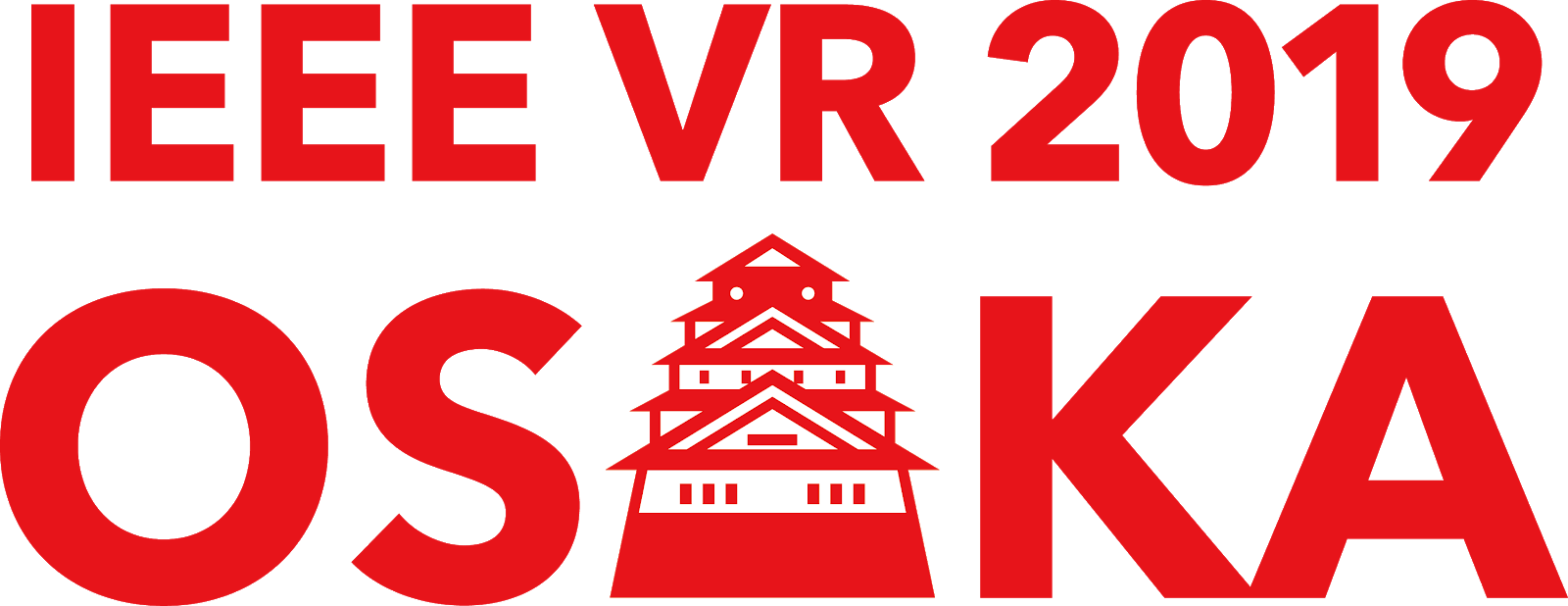
With the explosion of virtual reality over the past few years there has been a lot of interest in how to integrate virtual reality technology into the education process. Myself and Boise State University computer science professor Dr. Jerry Fails were co-organizers this year on a workshop, named KELVAR, in virtual reality in education that was held at the IEEE Virtual Reality conference held this year in Osaka Japan March 23rd to March 27th.
Since 1993, the IEEE Virtual Reality conference has been the premier international venue for the presentation of research results in the broad area of virtual reality (VR). Similarly, the IEEE Symposium on 3D User Interfaces (3DUI), which started as a workshop at IEEE VR in 2004, has become the premier venue for 3D user interfaces and 3D interaction in VR environments. As of 2018, VR and 3DUI have been merged into a single IEEE Conference on Virtual Reality and 3D User Interfaces, with the short name IEEE VR.
IEEE VR 2019 was the largest in its series featuring around 140 oral talks, 200+ posters, 35 research demos, and 18 workshops etc. More than 1000 participants attended a new record.
I traveled via Los Angeles to Osaka and took a 45 minute train ride to my hotel from the Kansi airport to Namba (a district in Osaka).
The Namba area of Osaka is a lively central city location with lots of entertainment, pachinko parlor’s and restaurants. There was even a VR retail shop across from my hotel.
The one day KELVAR workshop within the conference brought together developers and researchers interested in creating experiences for the educational contexts of the future. The workshop enabled participants to discuss and be exposed to different approaches for integrating Virtual-, Augmented- and Mixed-reality technologies, specifically focusing on the challenges and potential for embodied learning in and out of the classroom for K-12, vocational and higher education.
The KELVAR workshop had great attendance with many exciting talks by researchers from many Universities presenting how they are using Virtual Reality to changed education in K-12 and University settings. The KELVAR workshop was jointly organized by a team of researchers from Harvard, Boise State, The University of Newcastle Australia, and Colorado State. Myself and Jerry Fails were co-organizers for selecting what VR education papers would be presented and work to find and select a keynote speaker. The workshop gave excellent examples of students developing virtual reality education content in history, computer science, archaeology, business, even fashion. All the papers demonstrated a clear impact on new educational approaches using virtual reality to let students of all ages use new ways to explore educational content. A great keynote was given by Blair MacIntyre, Ph.D. Principal Research scientist at Mozilla and Professor in the School of Interactive Computing in the College of Computing at the Georgia Institute of Technology.
This years IEEE VR conference was a great success with excellent attendance from all across the globe and exciting papers, workshops, and demos from many different areas including education, industry, entertainment, architecture, and research.
There were many great research talks on the next development in virtual reality.
Exhibits varied from ski trainers to flying simulators. To an interactive AR mirror in a shopping center.
Finally the time came and I had to take a train back to the airport and catch my flight back to Boise, Idaho. Next year's IEEE VR conference will be held in Atlanta GA from March 22nd to March 26th and based on this years conference should be an exciting place to see developments in next generation Virtual Reality Technology. Hopefully more people from Boise will have the opportunity to attend!
 Dr. Steve Cutchin is the Director of the Boise State University Visualization Lab within the Computer Science department. If you'd like to connect with Dr. Cutchin you can reach him on LinkedIn.
Dr. Steve Cutchin is the Director of the Boise State University Visualization Lab within the Computer Science department. If you'd like to connect with Dr. Cutchin you can reach him on LinkedIn.

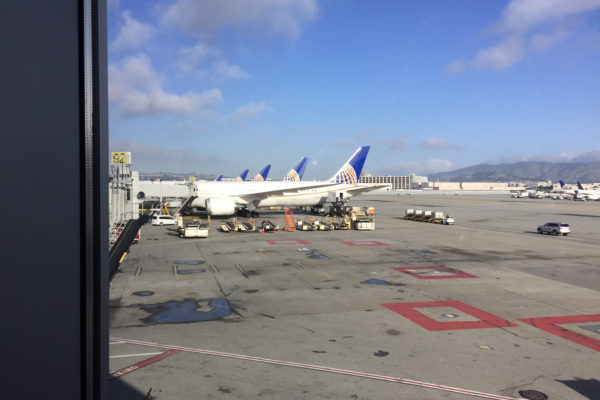
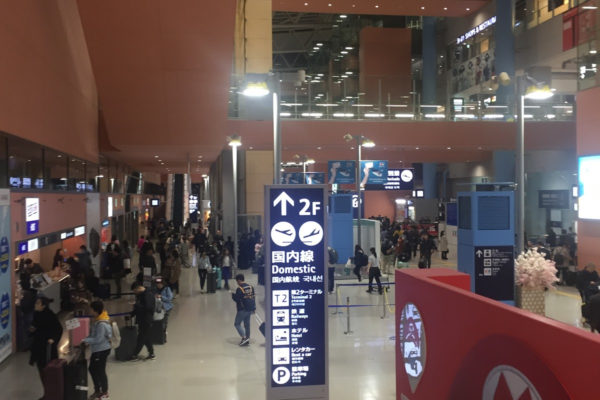
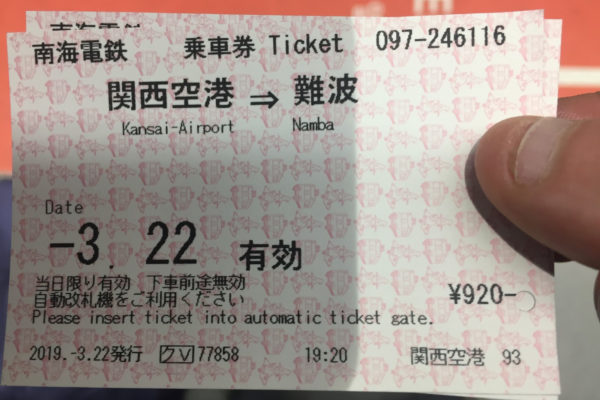
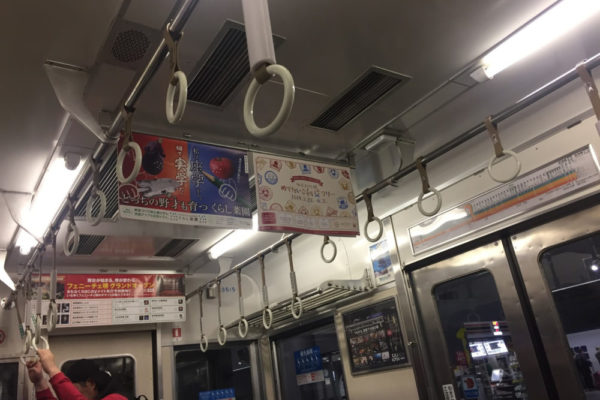

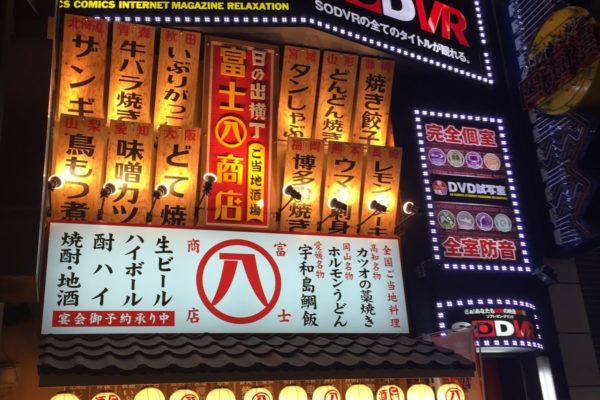
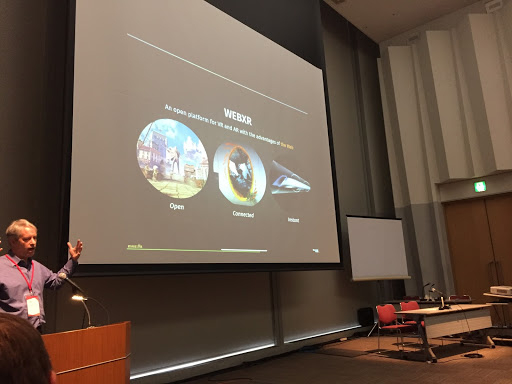
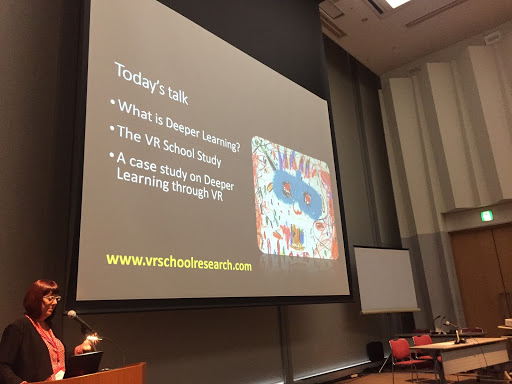
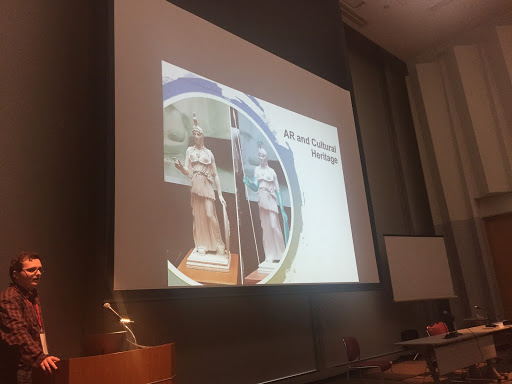
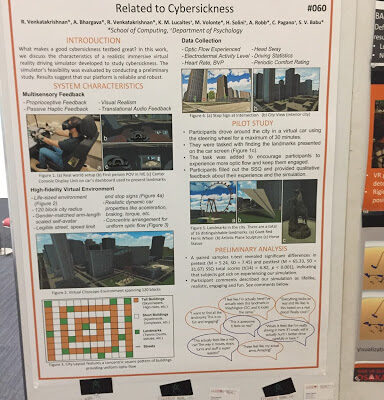
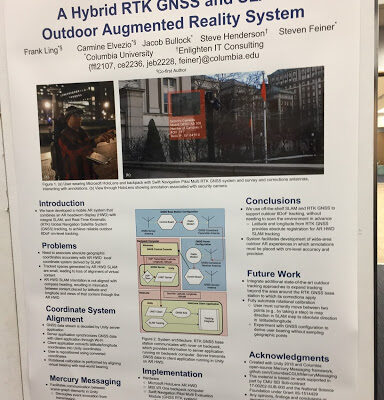
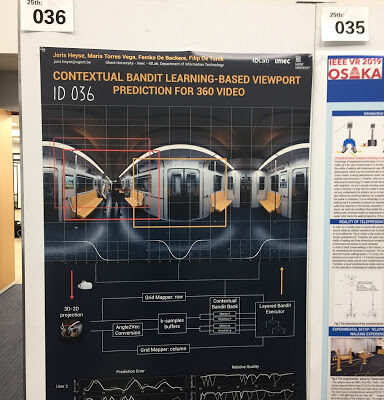
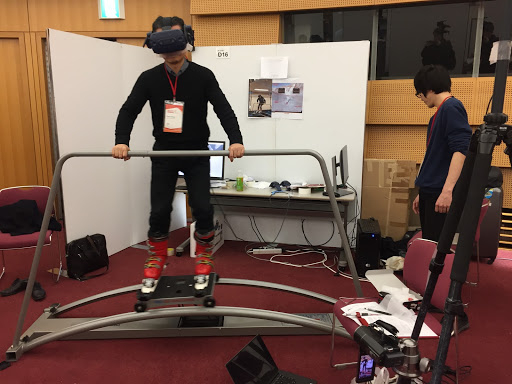
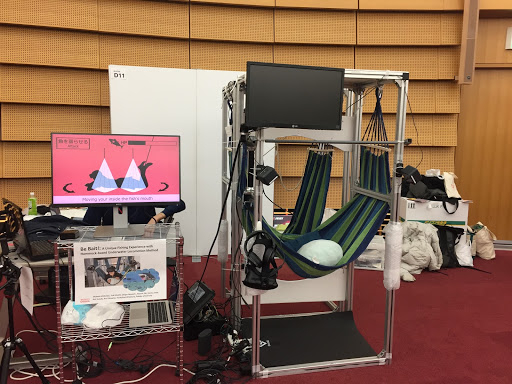
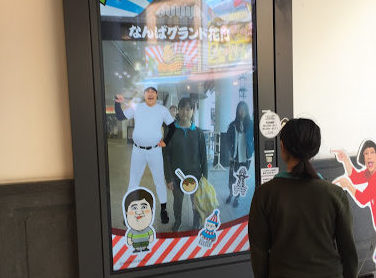

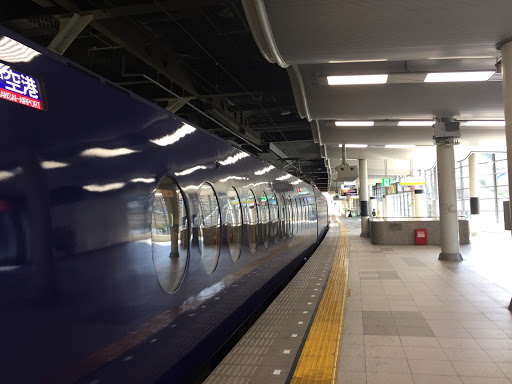
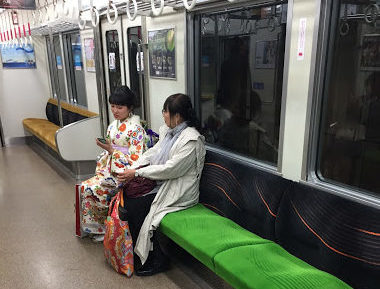
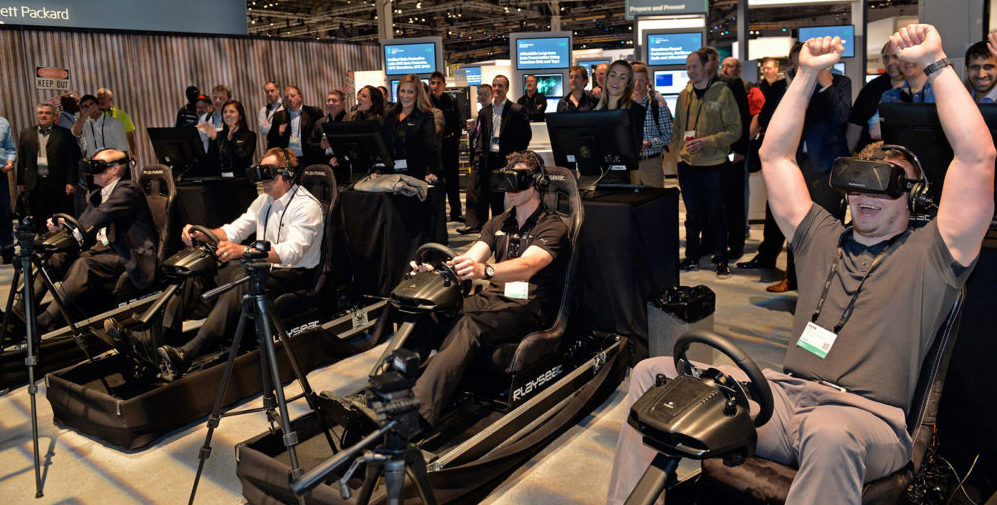

Recent Comments